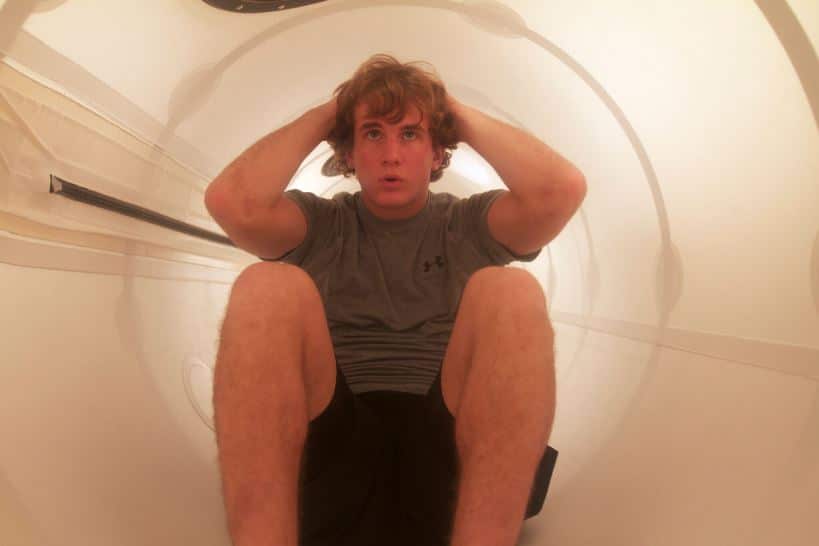November 23, 2023

The beneficial effects of hyperoxia supplementation on oxygen transport system capacity, lactic acid metabolism capacity, power output performance, and endurance exercise tolerance have been described in multiple previous studies (Sperlich et al., 2017; Cardinale and Ekblom, 2018). With regard to exercise performance, Knight et al. (1993) used a combination of femoral arterial and venous measurements of blood flow to show that HBO2 treatment could increase the VO2max of the exercising leg, and three other studies showed that hyperoxic conditions can enhance performance (Cunningham, 1966; Ekblom et al., 1975; Wilson and Welch, 1975).
hyperoxic gas supplementation can increase the activity of neurons and keep motor units in a stable state of activation during intense exercise, thus reducing peripheral fatigue and delaying muscle contraction fatigue.
HBO2 on Performance and Recovery
(Cardinale and Ekblom, 2018).
HBO2 therapy during the post- exercise recovery phase can effectively alleviate exercise-induced muscle injury (Branco et al., 2016; Woo et al., 2020).
RPR is an important indicator of human sensory recovery and is of particular significance for evaluating the effect of fatigue recovery (Laurent et al., 2011). Branco et al. (2016) showed
that HBO2 therapy improved RPR, which is consistent with the findings reported in another study (Kim et al., 2011).
HBO2 therapy improves the respiration efficiency of mitochondria, increases the partial pressure of oxygen in blood vessels, improves the dispersion of oxygen in capillaries, and improves the oxygen transport capacity of the body (Sperlich et al., 2017; Cardinale and Ekblom, 2018; Shankar et al., 2018).
HBO2 therapy maintains power output at a higher level throughout muscle contraction. According to Shimoda et al. (2015), MVC torque values, RMS, and MG were continuously higher in the HBO2 group than in the NN group throughout the repetitive movement (50 repetitions) (during repetitions 41–50; during repetitions 31–40; during repetitions 41–50, respectively). These results indicate that during exercise, HBO2 therapy could inhibit the progression of muscle fatigue and bring about sustained output of muscle strength, but the effect on short-term maximum strength generation was not obvious (Shimoda et al., 2015).
During exercise, HBO2 therapy could increase the synchronization and firing rates of motor units (Gosselin et al., 2004), and then improve the activity ability of neurons, so that motor units can maintain a stable activation state during high-intensity exercise, and then reduce the degree of peripheral fatigue degree (Cardinale and Ekblom, 2018).
Share on:
A free, open discussion group to explore hyperbaric oxygen therapy, compare home chamber brands, access expert info, and get exclusive member discounts.